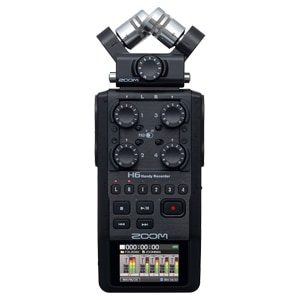$500 vs $100! We asked if you wanted us to make a video comparison between Zoom H1n and the Tascam X8. You said we should, and we deliver…
| Zoom H1n | Tascam X8 |
 |  |
| The Zoom H1n Portable Recorder is your all-in-one recording solution. With onboard stereo microphones, a camera-mountable design, and the ability to record to an SD card or USB microphone, this compact recorder is perfect for capturing music, audio for video, interviews – anything! Plus, the H1n can meet all of your recording needs with overdubbing and dictation modes. | No matter where your creative endeavors take you, the Tascam Portacapture X8 will be there to help you get the most out of them. With its intuitive launcher system, 192kHz/ 32-bit floating point recording capability, and a wide range of supported recording applications, this powerful recorder gives you everything you need to create professional-quality recordings with ease. Plus, with four XLR/TRS locking combo jack MIC/LINE inputs and HDDA (High Definition Discrete Architecture) mic preamps, you can capture top-notch audio no matter what kind of microphone or other gear you’re using. So don’t miss out on the Tascam Portacapture X8 – order yours today! |
| Check price on Amazon | Check price on Amazon |










